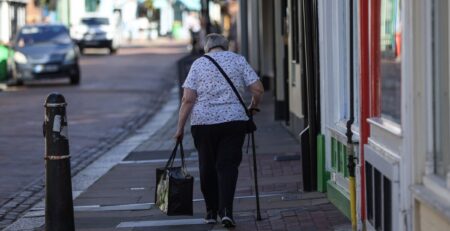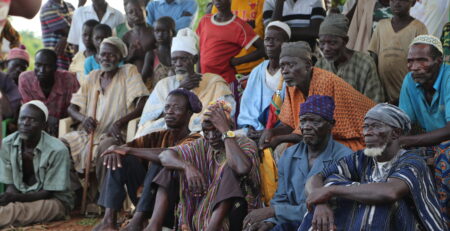When Aging and Automation Collide, Which Countries Lose?
Today’s workforces are facing two unprecedented and far-reaching trends: widespread societal aging and the automation of work by intelligent technologies. Increased longevity and declining fertility rates around the world are creating lasting shifts in the age compositions of workforces globally. Concurrently, emerging technologies are displacing workers and transforming the very landscape of work.
The confluence of these two trends of aging and automation therefore raises a crucial question: What effect will increased workplace automation have on populations of older workers? A new report from Marsh & McLennan Companies finds that older workers in several major economies are, in fact, at serious risk of being displaced by workplace automation.
Using age projections from the United Nations’ World Population Prospects database and automation data from Oxford researchers Carl Frey and Michael Osborne, MMC’s new report estimates what the risks of aging and automation entail in 15 key countries. The report found that countries facing a high risk of automation of jobs of older workers also tend to be projected to age rapidly in the coming decade. China, Vietnam and Thailand were found to have some of the highest risk levels, while Canada and Australia were found to have some of the lowest.
Read More: Brink News










